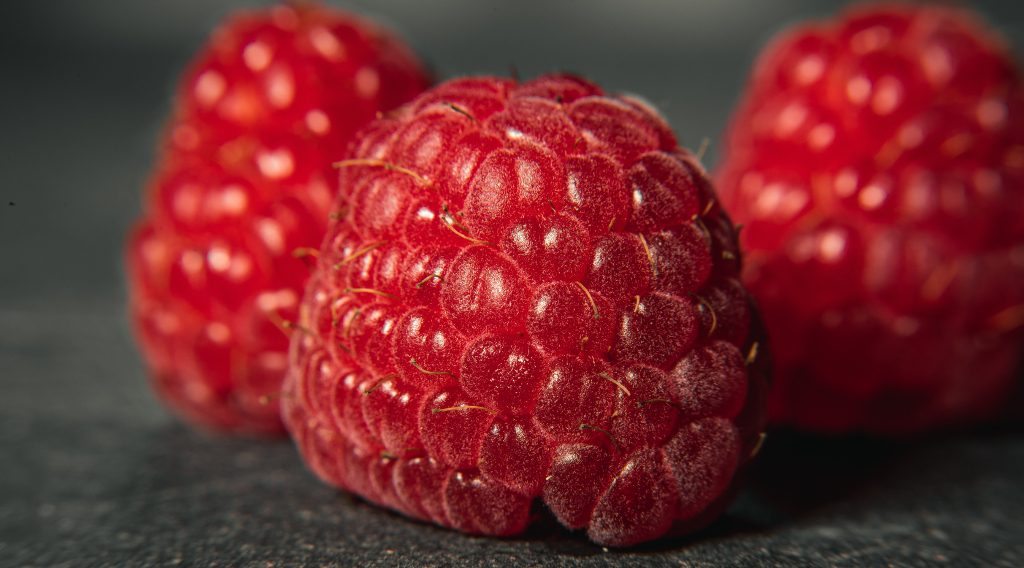The hottest new trend in beer since IPA; sour beer is taking over!
You’d almost think it is a brand new thing that’s just hit the beer scene in the last couple years, but would you believe that sour beer has been a thing almost has long as beer itself?
The style is making a huge comeback within the craft beer world for a couple reasons. Brewers are looking beyond IPA and dark beers for new ways to explore brewing techniques and to sharpen their skills with different yeasts and bacteria. Also on the consumer side, beer nerds have started to dive into the world of complex, Belgian sours and these local summer sours are a nice alternative to take to the beach, patio, or to beer shares. We’re also seeing that a lot of folks who don’t usually gravitate to beer, preferring to stick to coolers or ciders, that becoming interested in sour beers. The refreshing acidity and fruity components share a lot of similarities with the ciders we’re seeing today.
Fast or Slow?
You can make any beer sour and there are many ways to create tart or sour flavours in a beer. There are two main ways:
Fast
The most common (and quickest) way is to add specially selected bacteria, usually pediococcus and/or lactobacillus. This is done in a controlled setting, inside sealed tanks, to make sure there aren’t any other contaminants messing around in the brew. This is also known as Kettle Souring and it is fast and predictable. Craft brewers are loving it these days as you can make a sour beer fairly quickly with repeatable results. It’s important to note that when we talk about sour beer, it’s not really one exact style, more of a technique that can be applied to any style of beer. But usually you see lighter styles that are soured and you’ll often see them hit with a heavy dose of hops or fruit!
Slow
Longer methods, like in Lambic production, involve a multi-month process where brewers allow the unfermented beer access directly to the open air. Airborne yeasts and bacteria ferment the beer, which is then usually carried over into oak barrels. This can introduce unwanted aromas and flavours, but can also invite things like Brettanomyces, which gives a lovely leathery, barnyard “funk”. If you’ve ever had Lindemans Cuvee Rene, you know what I mean.
This spontaneous fermentation is how all beer would have been made in the early days, until a couple hundred years ago when brewers were able to identify and isolate the yeasts they wanted. The Lambic and Flanders producers in Belgium still brew in this method and we are seeing many craft breweries adopt this practice as well. Some breweries are now culturing these “wild” yeasts in conjunction with other standard brewing yeasts to formulate a “house” yeast culture that can offer these funky and tart qualities, while keeping some of the predictability of standard brewing yeasts. Stillwell Easy Saison would be an excellent example of this style.
Hops or Fruit?
As delightful as a light sour beer can be, it is also a great blank canvas for adding extra flavours. Traditionally, the Berliner Weisse style was served with Raspberry or Woodruff syrup to help balance the acidity. Craft brewers have taken that idea and now add almost any fruit imaginable to their sours, these include beers we know and love like Big Spruce’s Silver Tart, Tatamagouche’s Guava Heist, and Muskoka’s You Had Me at Aloha Pineapple Berliner– just to name a few.
That said, fruit isn’t the only additive for sour beers. In true craft beer fashion, you can always add more hops! We’re now seeing Sour IPA and Dry Hopped Sour emerge as styles. They’re similar in taste, with the sour IPA having a little more bitterness as dry hopped means that aromatic hops were added to give just fresh, citrusy aromas. A great example of this style would be Tatamagouche’s Jitney.
And, if you’d like to see what a fruited sour IPA would taste like check out the Tusket Falls Electric City Sour Mango IPA. So many beers to try!
What sour beers are you loving these days? Tell us about them on Twitter or Instagram!

